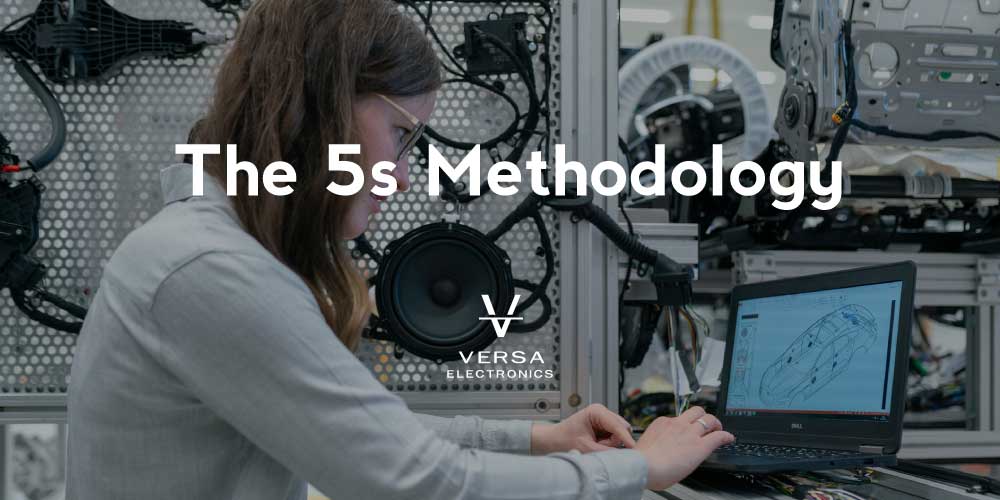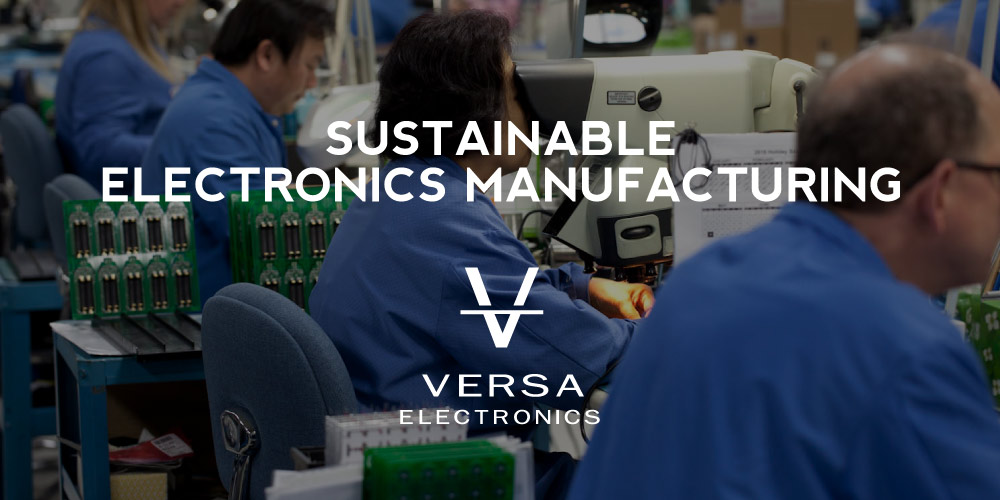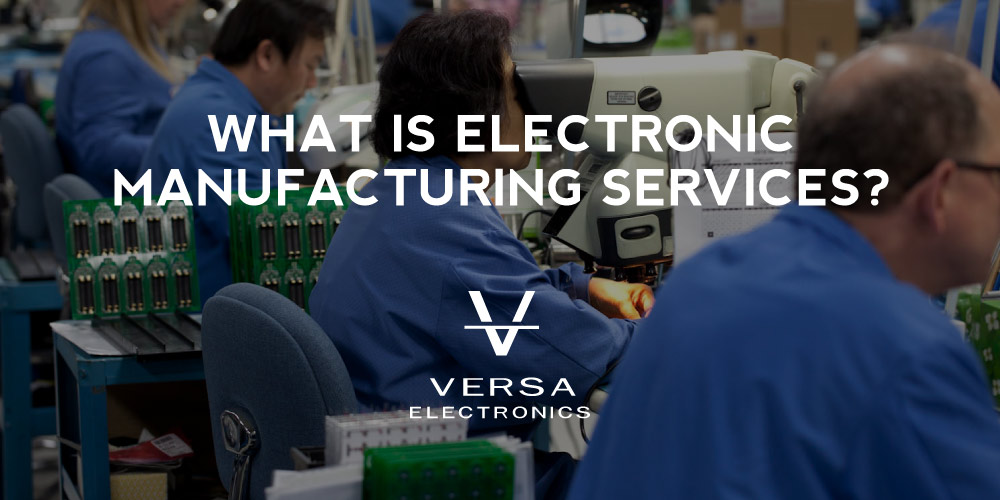The 5s methodology is a system to reduce waste and optimize productivity by maintaining an orderly workplace. In addition to Takt Time it was coined and made popular by Toyota in the 1960s in an effort to eliminate waste from manufacturing processes and improve bottom-line results.
5s refers to five Japanese terms used to describe the steps of the productivity optimization system and is often summarized by the saying “a place for everything and everything in its place.”
1. Seiri (Sort)
Seiri is derived from the Toyota philosophy of “Just-In-Time” manufacturing, which involves producing “just what is needed, in the quantity needed, only when needed.” It involves sorting through materials and keeping only the items needed to complete tasks. For this reason, it’s a crucial first step in eliminating waste from production systems and is utilized to evaluate the necessity of items or production processes.
2. Seiton (Set in Order)
The second step involves ensuring all items are organized in designated places, so they can be easy to find and use by anyone. Setting in order also involves placing things in ergonomic locations, making them easy to access as people don’t have to bend or take more steps than necessary to reach them. Doing so makes tasks easier for workers to complete and can even improve workplace safety.
3. Seiso (Shine)
Seiso means taking proactive efforts to keep the work area clean and in good condition for health and safety. It involves setting time for cleaning, inspection, repair, and maintenance to minimize disruptions and ensure purpose-driven work.
4. Seiketsu (Standardize)
Standardization makes the above three steps easier to follow by involving employees in the process and creating systems to incorporate sorting, organizing, and cleaning into workplace culture. Seiketsu also helps workers to easily distinguish between normal and abnormal working conditions so they can understand the root cause behind workplace issues and take measures to address them.
5. Shitsuke (Sustain)
Sustain new practices to maintain efficient levels of performance. It entails a habit of properly maintaining correct procedures and requires employee training to support the previous four S’s over time. The purpose of shitsuke is to create a cycle of continuous improvement.
Implications for the Manufacturing Environment
At its core, the 5s methodology purpose for continuous improvement in manufacturing environments by creating and sustaining efficient work areas. While the system was first developed in the context of automotive manufacturing, it has now become an essential element of any industry employing lean manufacturing processes.
The potential benefits of implementing the 5s methodology in a manufacturing environment include:
1. Improved efficiency
5s is an excellent strategy for improving the efficiency of a facility. It creates a standardized way for work to get done as it ensures things are where they should be at all times. When implemented correctly, it can significantly cut down on time wasted looking for and transporting parts. In turn, ensuring that equipment, parts, and materials are easy to find can help reduce unneeded consumption and cut down on material costs.
For most workplaces, waste is a huge problem that drives up costs, whether it’s in the form of expired materials, production defects, or excess raw materials that go to waste. Implementing the 5s methodology can improve and eliminate waste from purchasing, management, and production processes.
2. Better quality management
Regular cleaning, as part of the Shine pillar, can improve production quality by preventing the accumulation of dirt and other contaminants. Improved quality means fewer defects, which saves on time and money. Consider the materials, labor, and energy needed to produce the defective output for it to end up disposed of.
3. Enhanced workplace safety
The 5s methodology is incredibly effective at clearing away clutter and keeping equipment and machinery in good working order. Removal of obstacles in the workplace decreases the potential of accidents and injuries, adding up to a much safer working environment for everyone.
Moreover, 5s makes it easier for workers to notice spills or leaks quickly, which reduces waste and also prevents the accumulation of would-be hazardous waste.
4. Bigger storage density
The 5s system involves getting rid of the unnecessary items in production facilities and keeping them in order at all times. Such a system significantly reduces the square footage required for storage and creates more space for other operations. Less storage space also decreases the energy resources needed to heat and light the area.
5. Increased workplace morale
Dirty and disorganized workplaces can foster lower morale among employees as such environments make it more difficult to do their jobs. They’re hampered at every turn when they cannot find the right materials at the right time. For this reason, a routine that implements proper cleaning, organization, and management procedures results in more productive and engaged employees.
Improving Efficiency with Effective Organization
Every manufacturing facility can benefit from the 5s strategy. The 5s methodology keeps workspaces clean and free of clutter so production processes can run more effectively.
About The Author
 Tony Zuberbuehler is a Sales Manager at Versa Electronics with a focus on electronic contract manufacturing. Tony’s career in technology manufacturing spans 25+ years and has included roles as an engineering liaison, in purchasing and material management, manufacturing and planning, customer interfaces, and product fulfillment. Connect with Tony Z on LinkedIn.
Tony Zuberbuehler is a Sales Manager at Versa Electronics with a focus on electronic contract manufacturing. Tony’s career in technology manufacturing spans 25+ years and has included roles as an engineering liaison, in purchasing and material management, manufacturing and planning, customer interfaces, and product fulfillment. Connect with Tony Z on LinkedIn.





